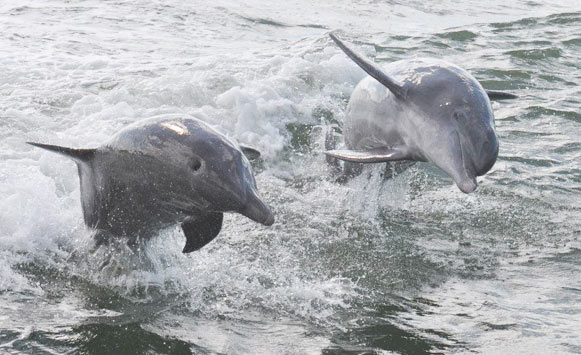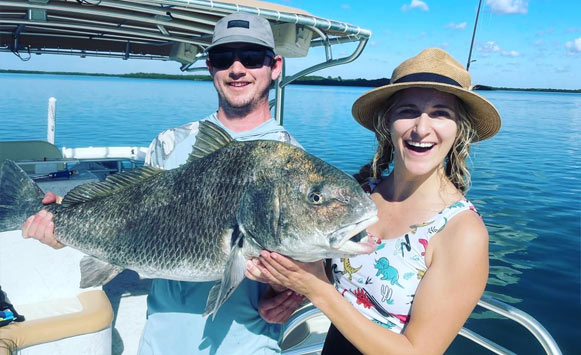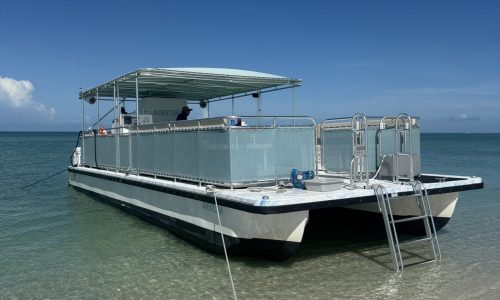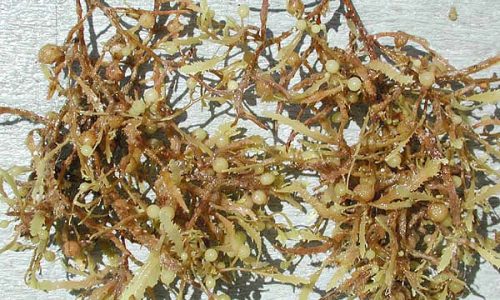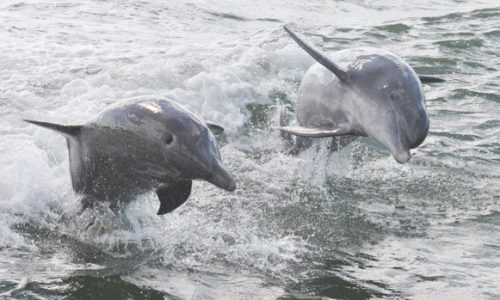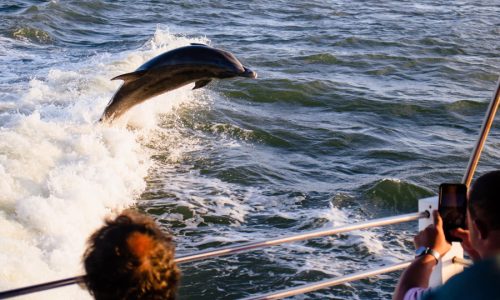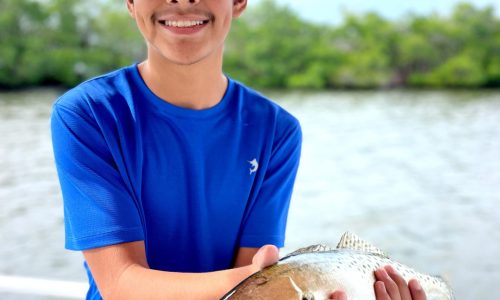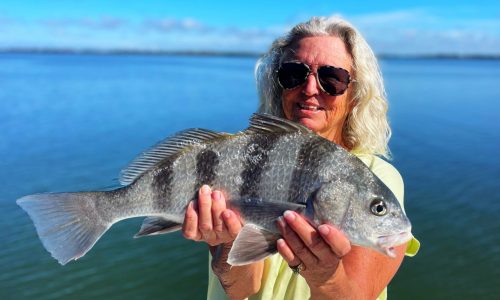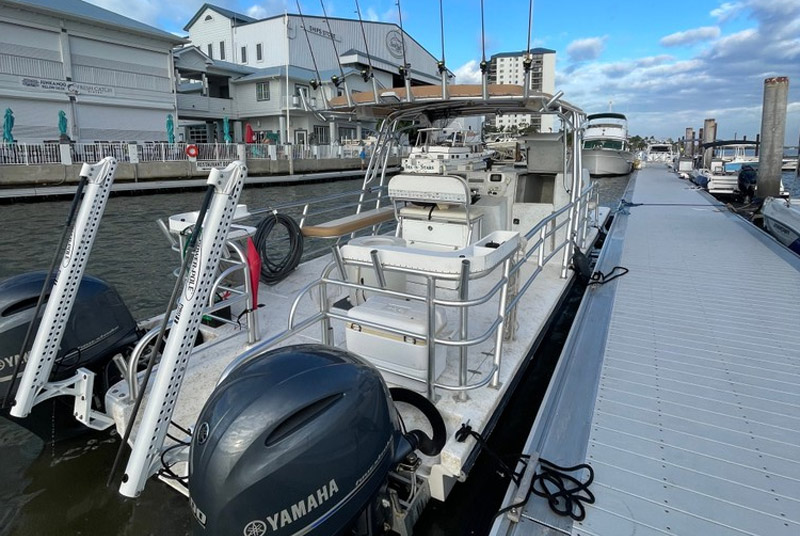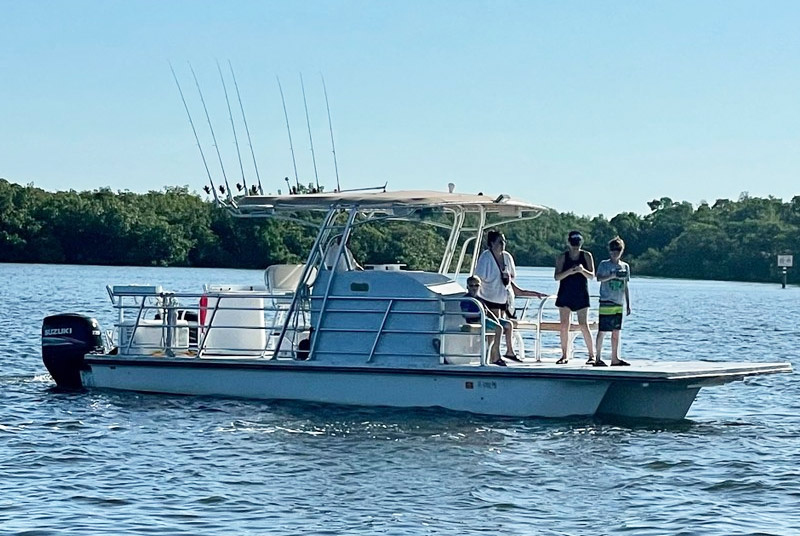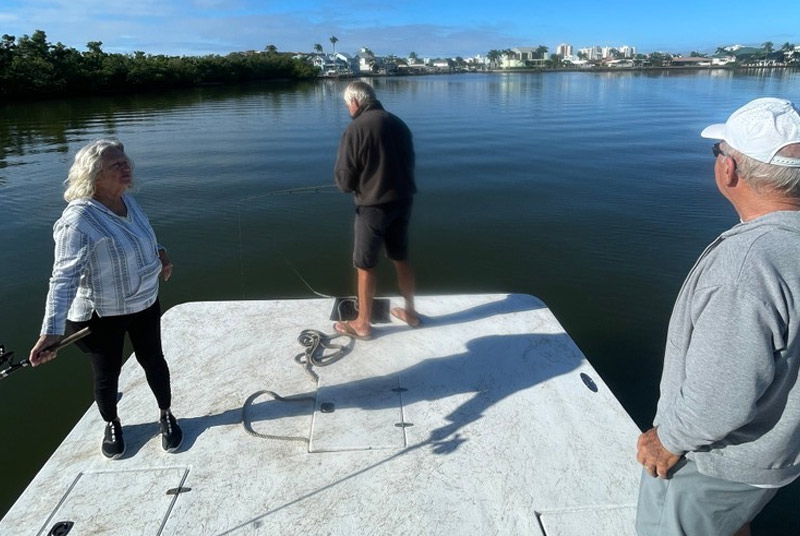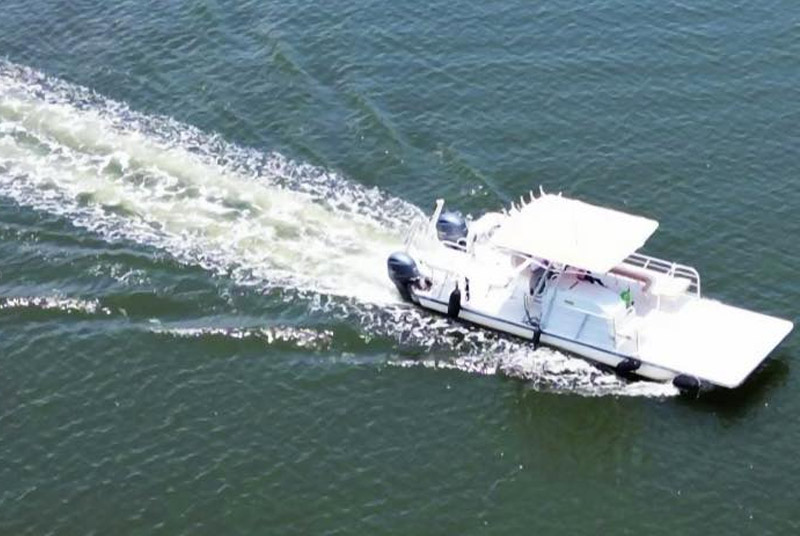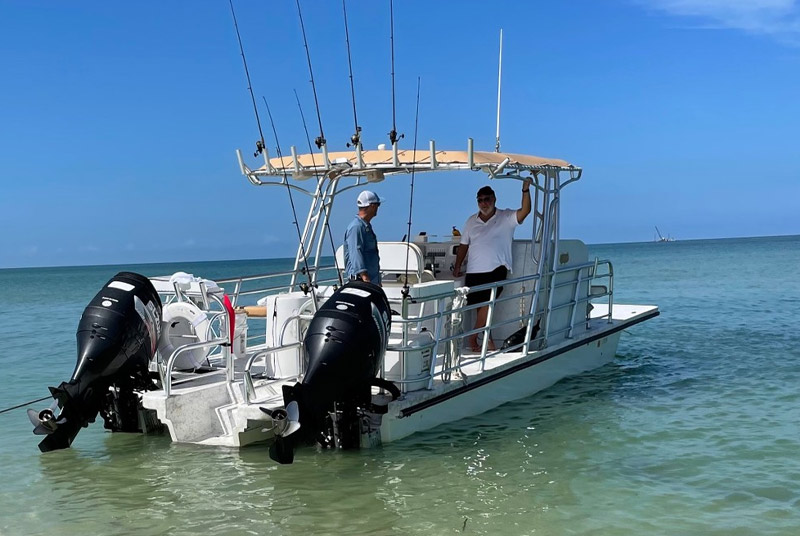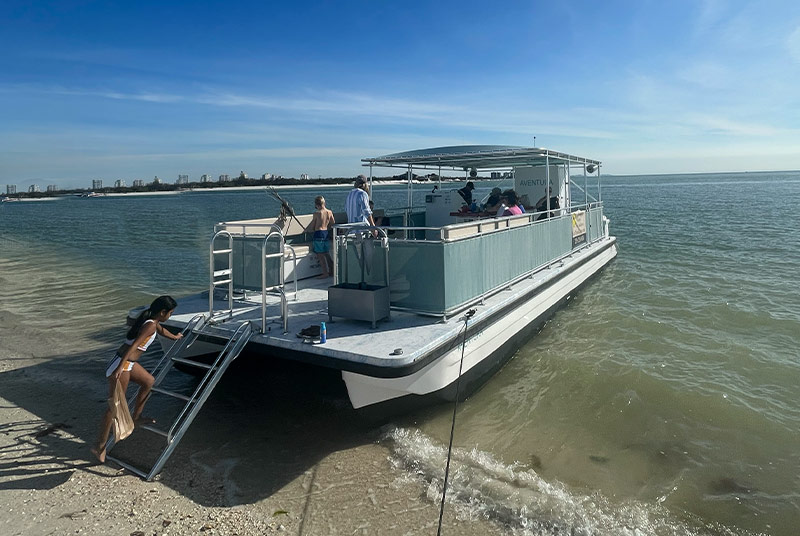Okay. It’s a corny joke.
While the terms are often used synonymously, dolphins and porpoises are not the same species. Dolphins that show up in Gulf of Mexico shores and estuaries are Bottlenose Dolphins. Porpoises are a different, smaller mammal found chiefly in Northern colder water.
They share, however, designation as “toothed whales”. Not only do dolphins have teeth, but besides using them when catching fish to eat, males appear to use them when nibbling on females during mating season. Another trait they appear to use both for amorous pursuit and aggressive behavior is their noses, which can be punishing battering rams when used to corral females or to drive off competing males. These mammals can be quite aggressive.
Dolphins are very intelligent, extremely agile and athletic. They can jump above surface of the water to heights equal to or greater than their body lengths. They also can stand erect on the surface by manipulating their tail fins.
In captivity, they are trained to do these acrobatics. In the wild, it can be behavior designed to communicate with other dolphins. The consensus, however, seems to be that dolphins just like to have fun. Clearly, jumping is fun for dolphins, as is surfing in the wake of a boat. And it sure is fun for us to watch.
Fortunately, here in Estero Bay aquatic Preserve, we have a resident population of dolphins that live here all year round as well as transient dolphins that visit the areas local waters for mating and food.
If you could hear them, you would hear them communicating with clicks, whistles and vocal expressions. Like bats, they use echolocation or “dolphin radar” to navigate. They have been known to use their abilities to protect human swimmers by swimming circles around them to deter sharks. (Sharks do not like to be butted by dolphins.) There also are reports of dolphins allowing disabled, disoriented or tired humans to latch on to their fins to ride to safety. This behavior corresponds to a similar tendency to stick around protectively when other dolphins have been injured.
Humans also have trained them to entertain at theme parks, to work with “challenged” children for whom they provide therapeutic benefits, as well as by the militaries to locate mines or find people trapped in wrecks.
There is much to be learned about dolphins, and scientists are hard at work to learn from them. When we go out on our dolphin cruises, we hope also to be educated as well as entertained.



